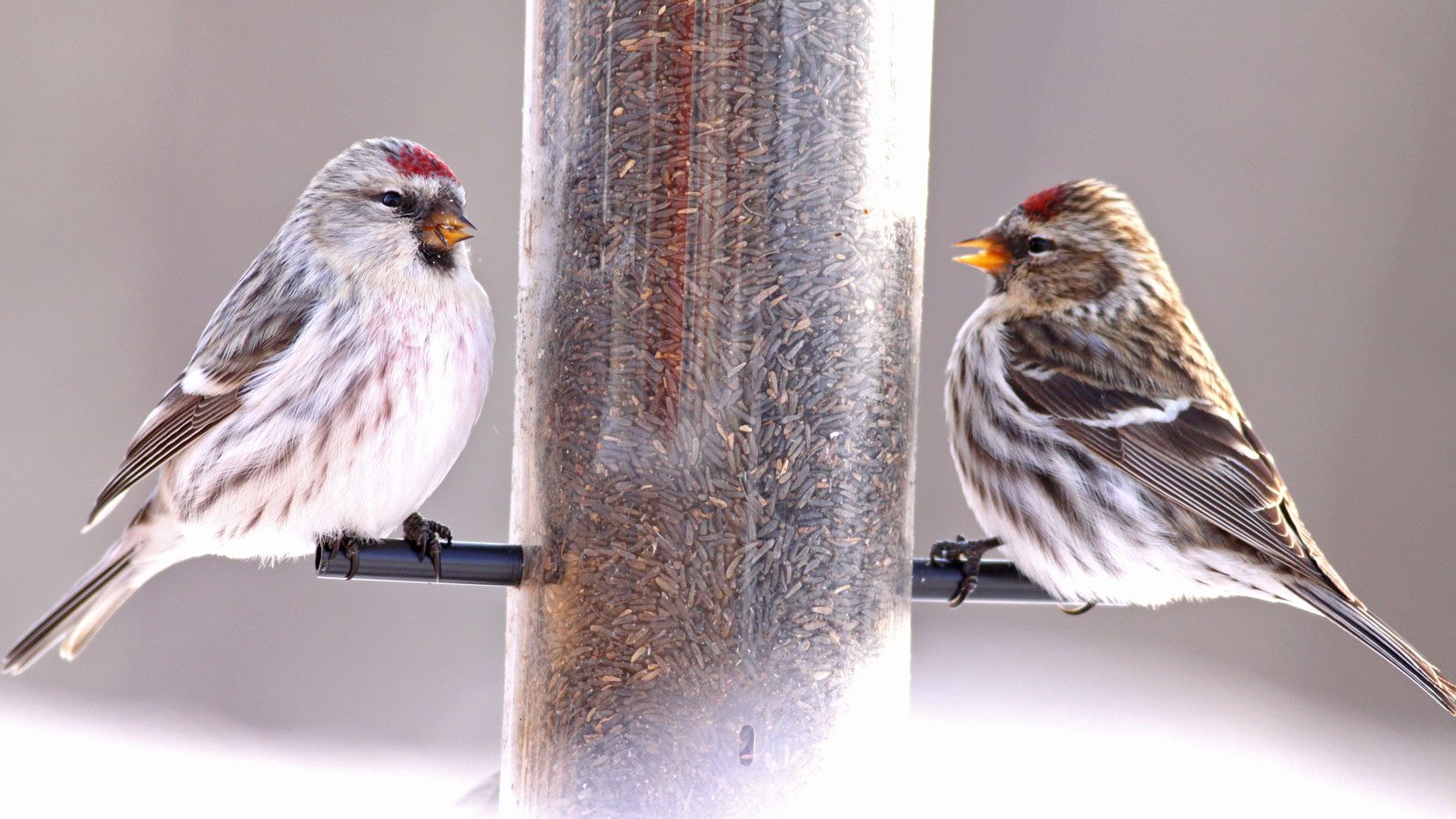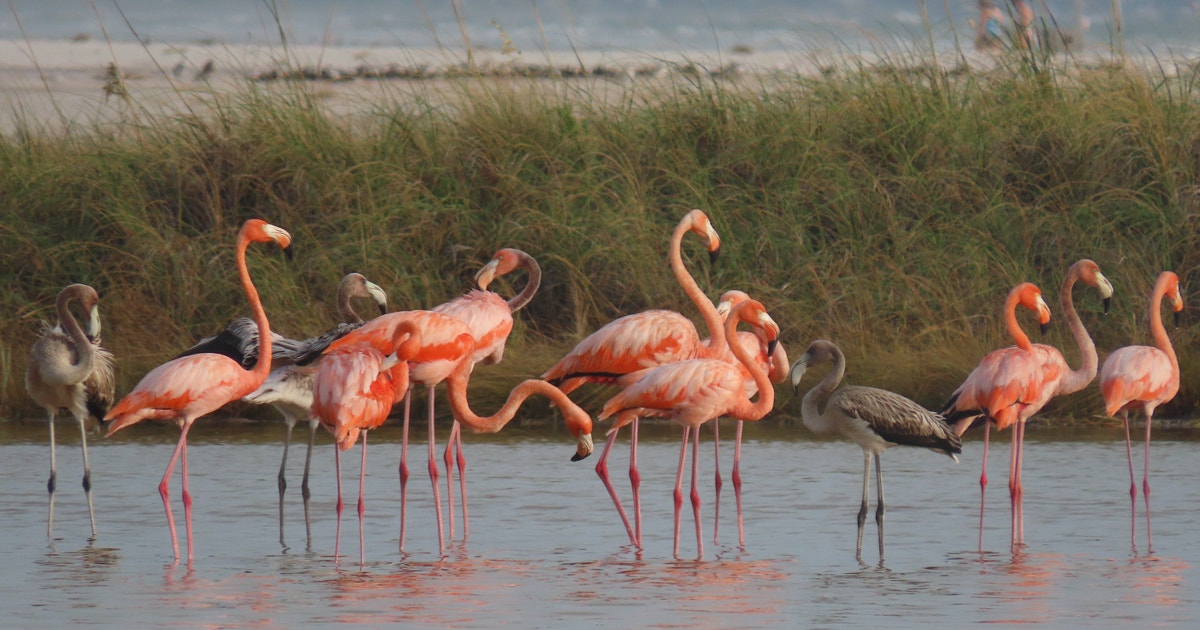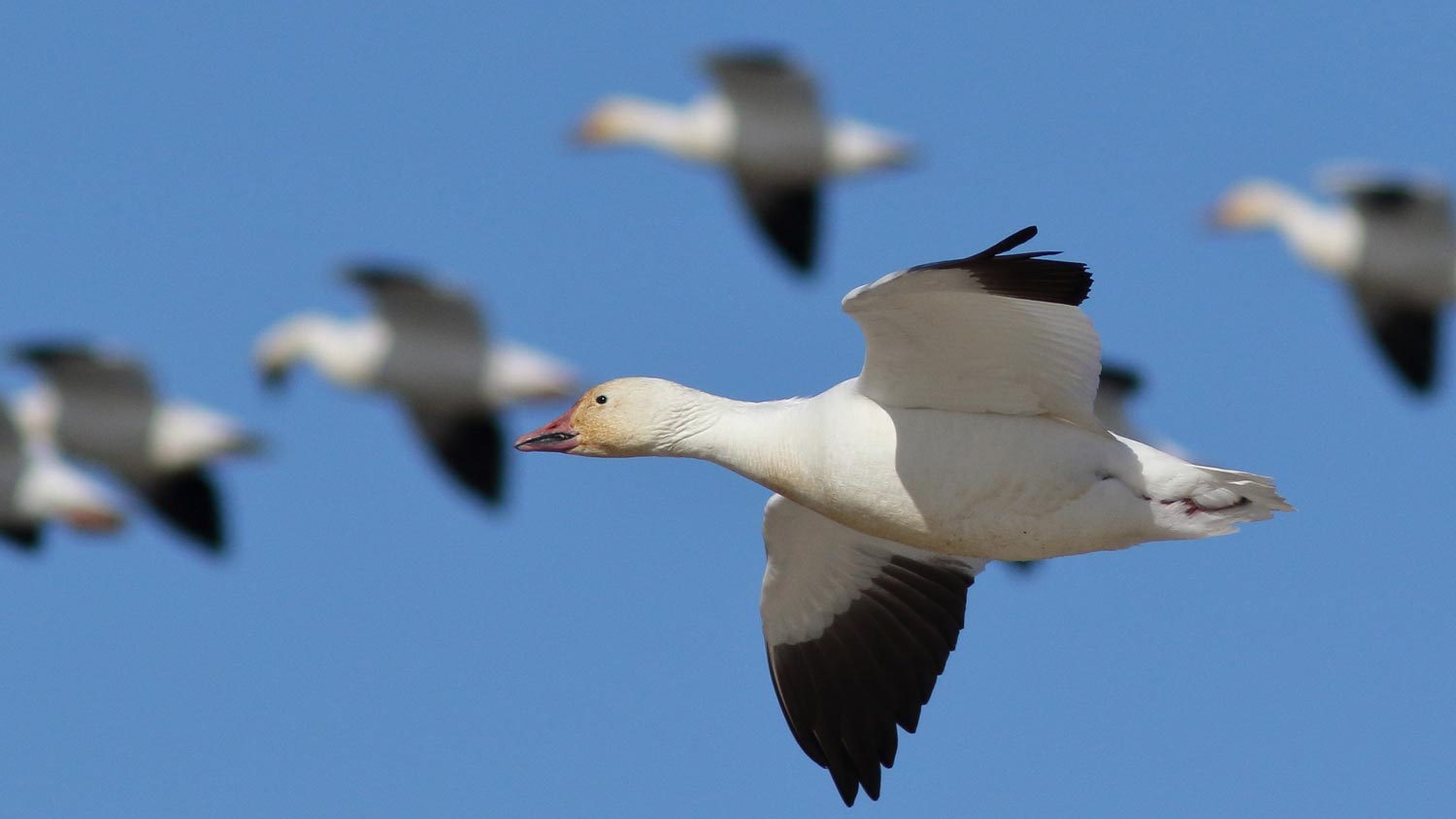From the Autumn 2024 issue of Living Bird magazine. Subscribe now.
Ornithologists and birders across the Northern Hemisphere have long grappled with the question of how many species of redpolls—small, streaky finches with neat red caps—exist. In its 2024 checklist update, the American Ornithological Society provided a clear answer: the three redpoll species previously recognized by the AOS—Common, Hoary, and Lesser Redpoll (of Europe)—are now a single species, known simply as Redpoll.
This redpoll lump is the result of a 2023 proposal submitted to the AOS North American Checklist Committee by Nicholas Mason, assistant professor at Louisiana State University; Erik Funk, postdoctoral fellow at the San Diego Zoo Wildlife Alliance; and Scott Taylor, associate professor at the University of Colorado. Mason and Taylor were researchers at the Cornell Lab of Ornithology in 2015 when they completed DNA analyses that found no genetic differences between Common and Hoary Redpolls. Based on those results, published in the journal Molecular Ecology, they proposed lumping the two species in 2017. The committee declined, however, because they said the underlying research couldn’t fully explain how the larger, paler, shorter-billed Hoary Redpoll could look so different than a Common.
In 2021, Funk—then a PhD student in Taylor’s lab at the University of Colorado—found the answer. Using whole-genome data, Funk discovered that a chromosomal inversion, also known as a “supergene,” explains the plumage variation within redpolls [see “Of Inversions and Supergenes,” Spring 2022].
While some birders might mourn the loss of one or two species from their personal life lists, Taylor hopes the birding community will appreciate the interesting new story of the redpoll supergene discovery. “This actually makes redpolls even more fascinating to me,” he says. “You still have morphological [physical] variation even though you have widespread gene flow.”
Other highlights from this year’s checklist update include the splitting of the cosmopolitan Barn Owl into three species (American Barn Owl is the new name for birds found in the Americas) and the splitting of House Wren into two widespread species—Northern House Wren and Southern House Wren—and five Caribbean endemic species: Cozumel, Kalinago, St. Lucia, St. Vincent, and Grenada Wrens. See a full rundown of the 2024 AOS Checklist changes.



